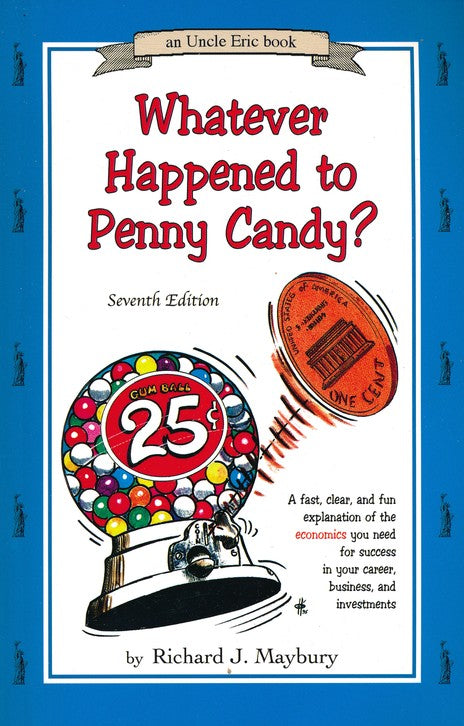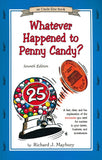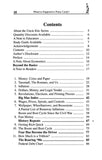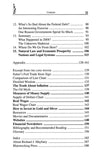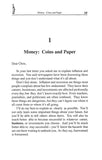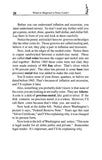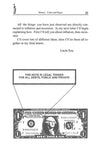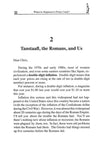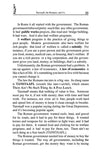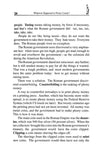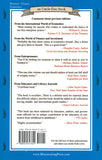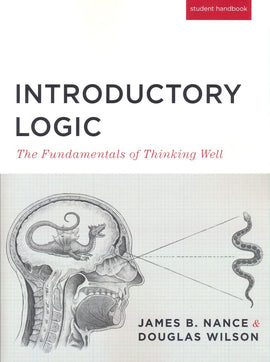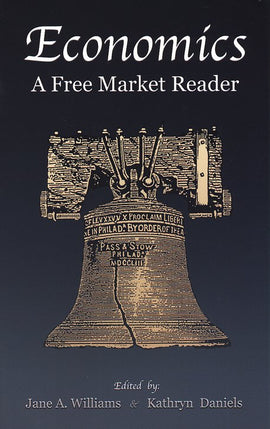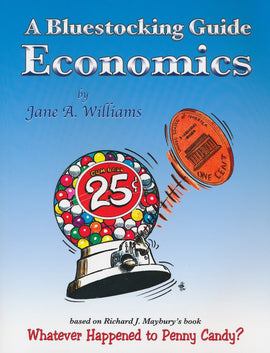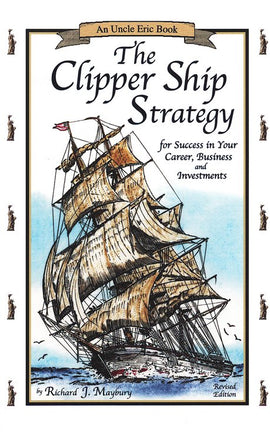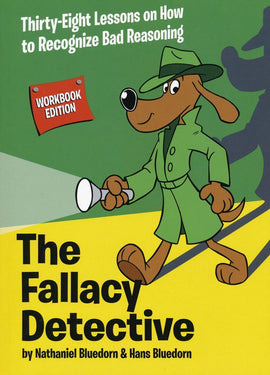Whatever Happened To Penny Candy?
Table of Contents
(NOTE: Bolded titles are for older students; nonbolded items are for all students)
Smart
1. Money: Coins and Paper
2. Tanstaafl, The Romans, and Us
3. Inflation
4. Dollars, Money, and Legal Tender
5. Revolutions, Elections, and Printing Presses
6. Wages, Prices, Spirals, and Controls
7. Wallpaper, Wheelbarrows, and Recessions
Boom and Bust Cycle Since the Civil War
8. Fast Money
History Repeats
9. Getting Rich Quick
10. The Boom and Bust Cycle
11. How Much is a Trillion?
The Roaring 90s
Federal Debt Chart
12. What's So Bad About the Federal Debt?
An Interesting Exercise
One Reason Governments Spend So Much
13. Summary
14. Where Do We Go From Here?
15. Natural Law and Economic Prosperity
Nations and Legal Systems
Use the study guide and the Free Market Reader for a high school economics course!
Paperback, 7th edition, ages 10+, ISBN 9780942617641, SKU 1010013, Copyright 2015
| Book Title | Whatever Happened To Penny Candy? |
| Publisher: | Bluestocking Press |
| Author | Richard Maybury |
| ISBN |
Table of Contents
(NOTE: Bolded titles are for older students; nonbolded items are for all students)
Smart
1. Money: Coins and Paper
2. Tanstaafl, The Romans, and Us
3. Inflation
4. Dollars, Money, and Legal Tender
5. Revolutions, Elections, and Printing Presses
6. Wages, Prices, Spirals, and Controls
7. Wallpaper, Wheelbarrows, and Recessions
Boom and Bust Cycle Since the Civil War
8. Fast Money
History Repeats
9. Getting Rich Quick
10. The Boom and Bust Cycle
11. How Much is a Trillion?
The Roaring 90s
Federal Debt Chart
12. What's So Bad About the Federal Debt?
An Interesting Exercise
One Reason Governments Spend So Much
13. Summary
14. Where Do We Go From Here?
15. Natural Law and Economic Prosperity
Nations and Legal Systems
Use the study guide and the Free Market Reader for a high school economics course!
Paperback, 7th edition, ages 10+, ISBN 9780942617641, SKU 1010013, Copyright 2015

